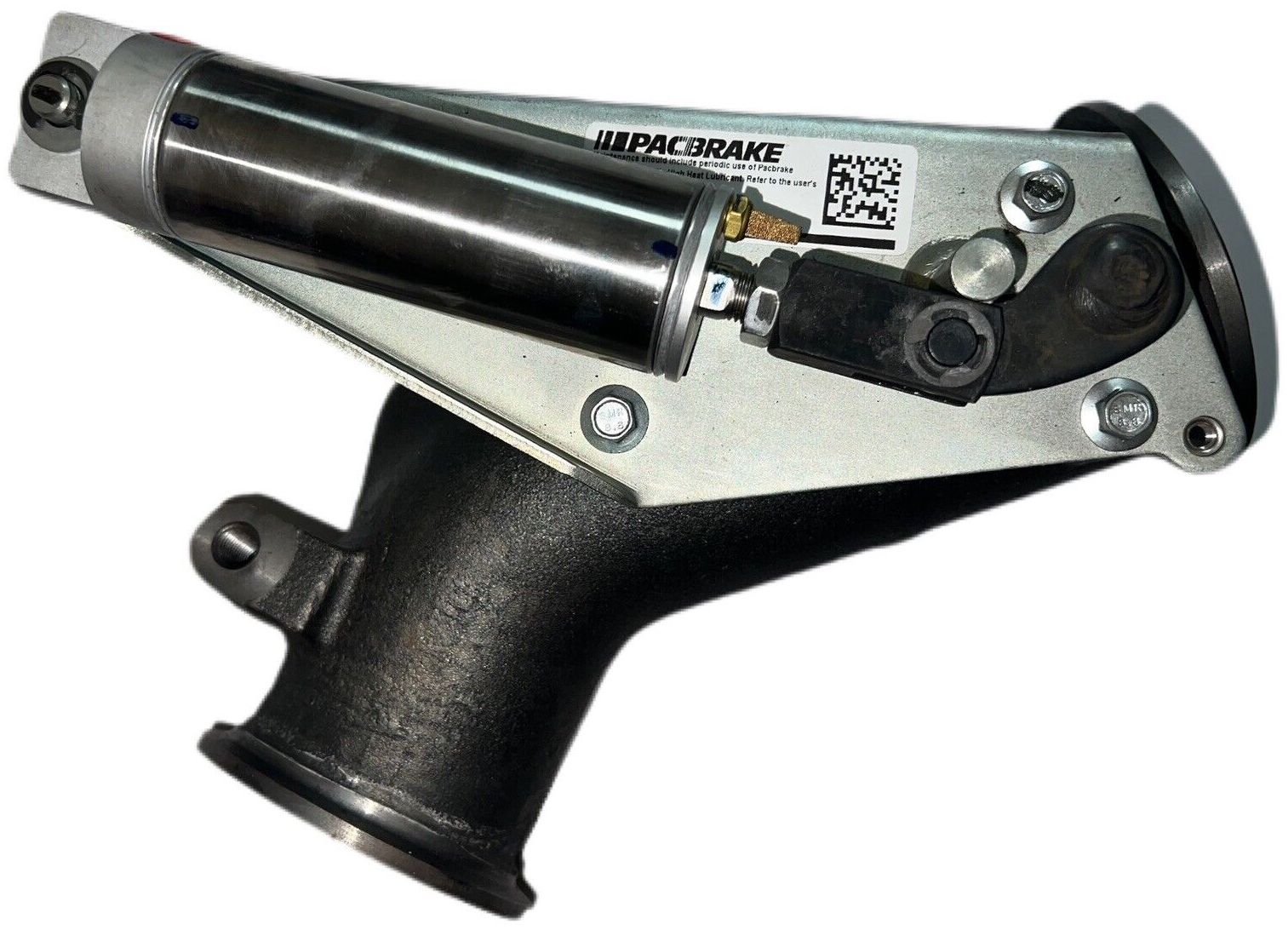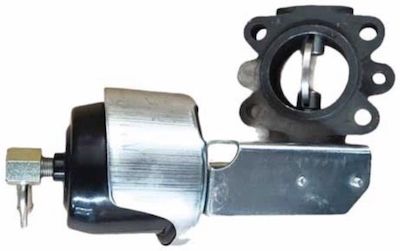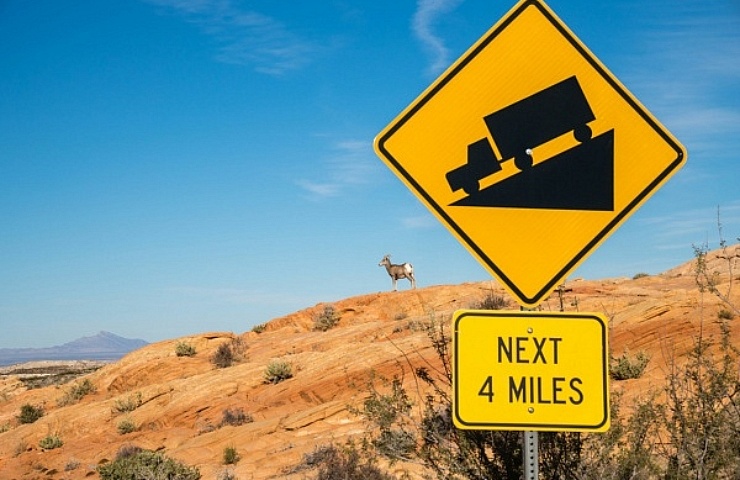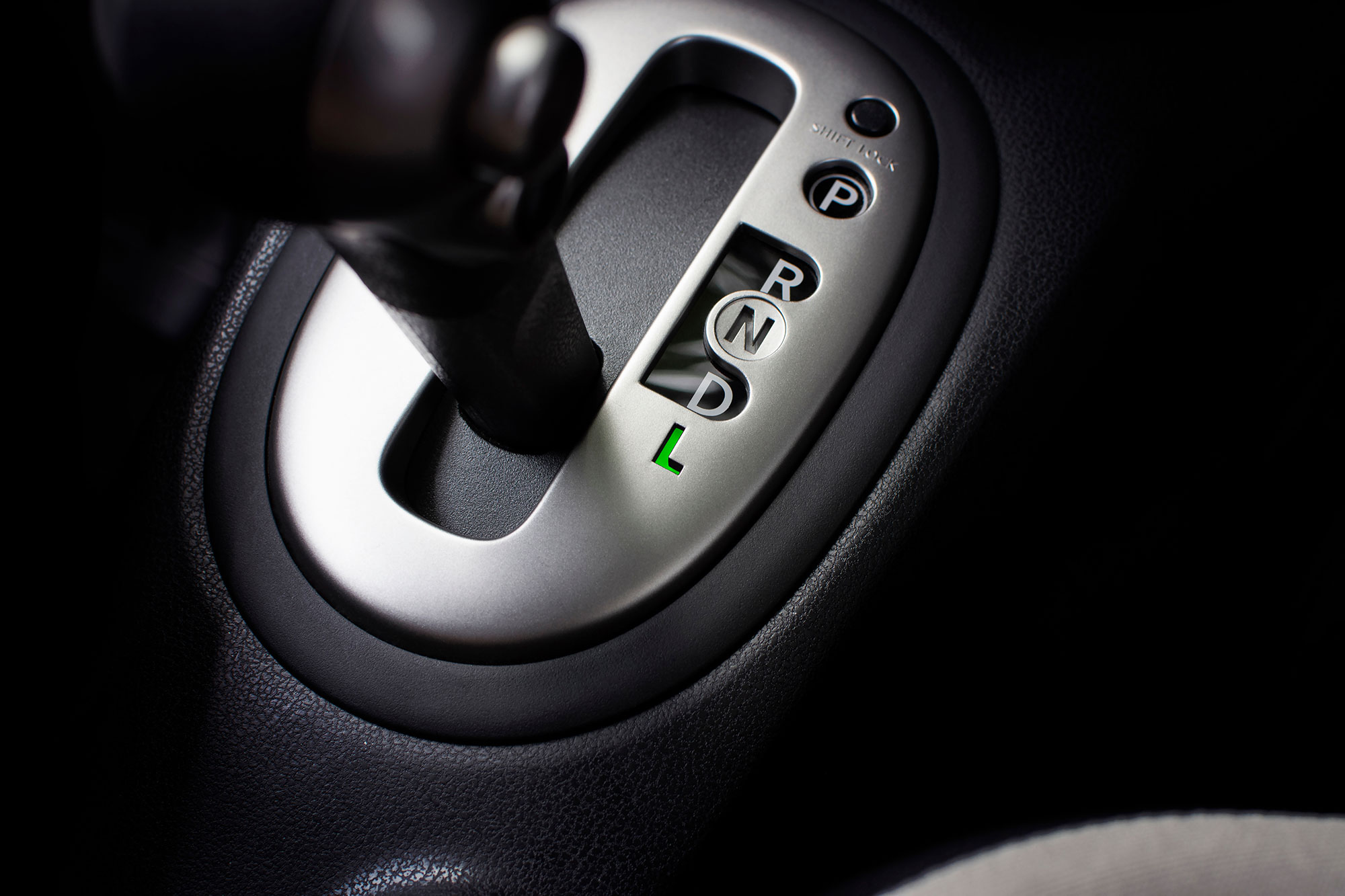Contents
What Is Engine Braking?
In a gasoline-powered engine, airflow can be restricted to slow a vehicle down. The process starts by taking your foot off of the accelerator pedal, and shifting into a lower gear. When airflow to the engine is limited, forces within the engine decelerate, thereby slowing the wheels. The main benefit is that it extends pad and rotor life.
Engine braking begins when you remove your foot from the accelerator. Once that happens, the following occurs:.
- The air intake valve closes when there’s no force on the accelerator.
- This creates a vacuum, preventing airflow from reaching the cylinders.
- A decrease in energy begins to create braking power.
- Engine speed (rpm) decreases.
- The resistance within the engine is transferred to the wheels through the drivetrain.
Some of the braking force comes from the friction occurring in the drivetrain. However, most of it is the result of the vacuum that’s created when the intake valve closes.

Navistar exhaust brake
Engine braking with a diesel is different because there are no intake throttles. To restrict airflow, an exhaust brake is installed downstream of the motor to cut off the path and create cylinder backpressure. Many diesel exhaust brakes are butterfly valves, but GM uses a variable-vane turbo. Either way, vehicle speeds are reduced without the brake.
Engine braking is more common and practical with a manual transmission. Still, it’s possible to use the technique with an automatic transmission.
When to Use Engine Braking
Engine braking isn’t meant to be used all the time.
Here are a few situations that are ideal:
- Driving downhill. When you go downhill, the brakes can heat up and fail to work as intended. This situation is known as brake fade. To avoid losing your brakes downhill, implement engine braking to reduce acceleration.
- Driving in slippery conditions. When traveling along snow- or ice-covered roads, you should avoid conventional braking because it causes the car to slide. The wheels could lock up and reduce traction. Instead, stay in a low enough gear to avoid wheel spinning. When you need to slow down, use engine braking.
Above all, engine braking is ideal for reducing brake wear. By implementing more engine control, the components will last longer, requiring fewer replacements.
Engine Braking with a Manual vs. Automatic Transmission
- Take your foot off of the accelerator.
- Shift into a lower gear.
- Release the clutch slowly.
Don’t shift down through the gears too quickly. Minimize wear on the clutch and transmission by moving through the gears at a reasonable speed.
- Take your foot off of the accelerator.
- Shift into a lower gear.
Without a clutch, there’s less to think about.
What’s the Best Technique for Engine Braking?
If engine braking isn’t done right, it can cause excessive wear to the transmission. For that reason, it’s helpful to follow these engine braking tips.
- Never shift into a low gear while traveling at high speeds. Not only is this bad for the engine and transmission, but it’s also uncomfortable and jerky for your passengers.
- Avoid skipping gears. Decrease gears one at a time.
- Allow the vehicle to adjust to the gear change before going down again.
- Don’t overuse the technique with an automatic transmission.
Various sources have different opinions. Engine braking reduces fuel consumption compared to using the brakes in most situations. When you brake with the engine, the motor temporarily stops consuming fuel.
On the other hand, consider the fuel that is used after you’ve slowed down. For example, if you reach the bottom of a hill and haven’t hit a reasonable speed, you need to accelerate more to get up the next hill. In turn, this could use more fuel.
Either way, you aren’t going to save much fuel. If there are savings, they are minimal in normal driving conditions. However, on a long trip, you may be able to go a little longer on a tank if you incorporate the technique.
Can Engine Braking Damage the Engine or Clutch?

Caterpillar C15 engine jake brake
It’s a well-known myth that engine braking harms the vehicle. As long as you drive reasonably and don’t abuse the system, you won’t cause premature wear to the clutch or engine.
Shop now for clutch kitsThe noise can be alarming, especially the first time. When you downshift, the engine will rev loudly. Yet, the engine is designed for this operation. As long as you don’t let the rpm get close to the red line, there’s nothing to worry about.
You shouldn’t notice excessive vibration during engine braking unless you are behind the wheel of a big rig. Your vehicle will handle the higher rpm without creating an uncomfortable ride.

Isuzu NKR-55 exhaust brake
You may need a little time to get used to the noise of higher rpm after downshifting. However, it shouldn’t take long before you embrace the sound and understand that it’s normal.
Large commercial trucks have a jake brake. The driver pushes a button that shuts down the fuel to certain cylinders. As the combustion process stops, exhaust valves open to release the compressed air. Mechanical drag is created to help slow down the vehicle.
This is a noisy process. In residential areas, people don’t want to hear this noise, so the community installs “No Engine Brake” signs. These signs aren’t directed at the everyday driver, only those in a tractor-trailer.
Shop now for jake brakesYou can continue using the technique through these areas while driving a passenger vehicle. There’s no restriction on how you slow down.






